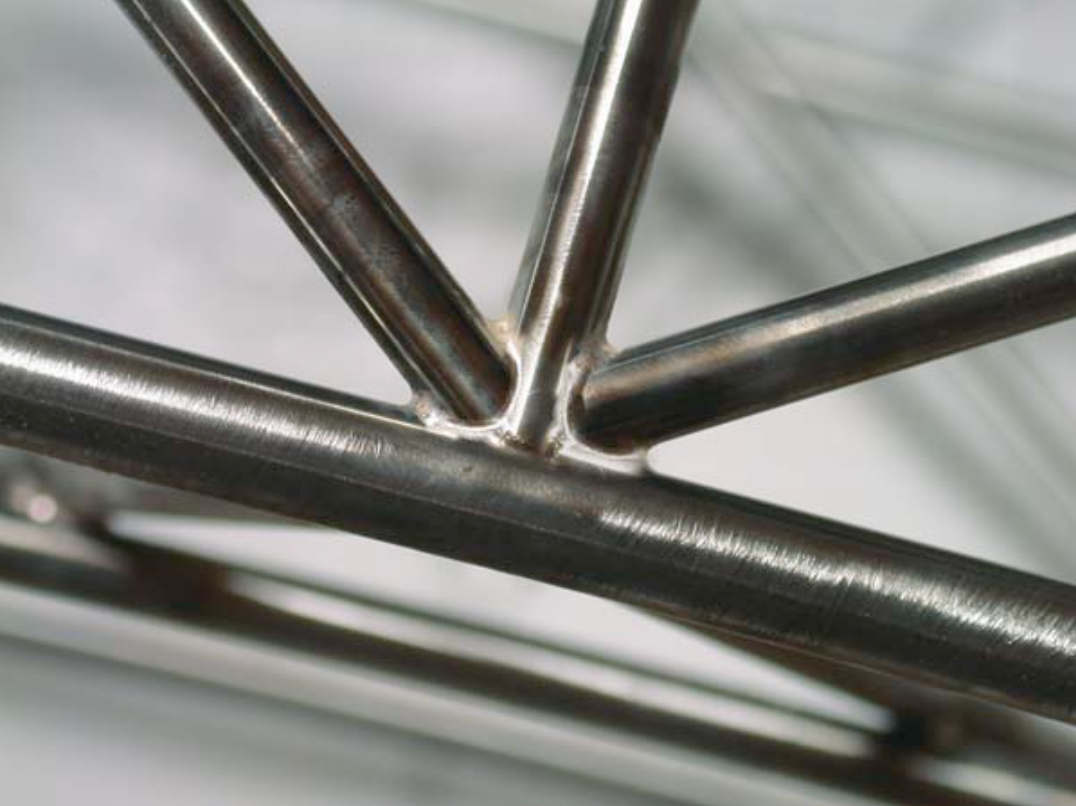Weld Line

Weld line in aviation refers to the areas where two or more pieces of metal are joined together during the manufacturing process, particularly in aircraft construction. This "weld line" is crucial as it's where the material is fused or joined, ensuring the structural integrity of the aircraft.
History of Weld Line Development in Aviation
Early Welding in Aviation: Early aircraft were constructed using various welding techniques, including arc welding, particularly during World War II and before.
Gas Tungsten Arc Welding (GTAW): In the 1940s, GTAW, also known as TIG welding, was developed specifically for the aircraft industry, especially for welding magnesium and stainless steel.
Friction Stir Welding: In the 1990s, Friction Stir Welding (FSW) emerged as a significant advancement, becoming the most important welding process in aviation until recently.
Orbital Welding: Orbital welding, a specialized TIG welding process, is used for critical applications like hydraulic and fuel lines, ensuring high-quality welds in tight spaces.
Plasma Arc Welding: This process, including Variable Polarity Plasma Arc Welding (VPP A), is employed for welding thicker sections of alloy aluminum, such as in the external fuel tank of the Space Shuttle.
Modern Welding in Aviation: Welding techniques have continuously evolved, incorporating automated and robotic welding to improve efficiency and consistency.
Significance of Weld Lines in Aircraft
Structural Integrity: Weld lines are essential for ensuring the strength and durability of aircraft components.
Safety: The quality of weld lines directly impacts the safety of flight, especially in critical systems like hydraulic and fuel lines.
Design and Functionality: Weld lines must be carefully designed and executed to accommodate various structural and aerodynamic requirements.
In summary, weld lines in aviation are the result of advanced welding techniques used to join metal components in aircraft manufacturing. These welds are crucial for structural integrity, safety, and the overall performance of aircraft.
